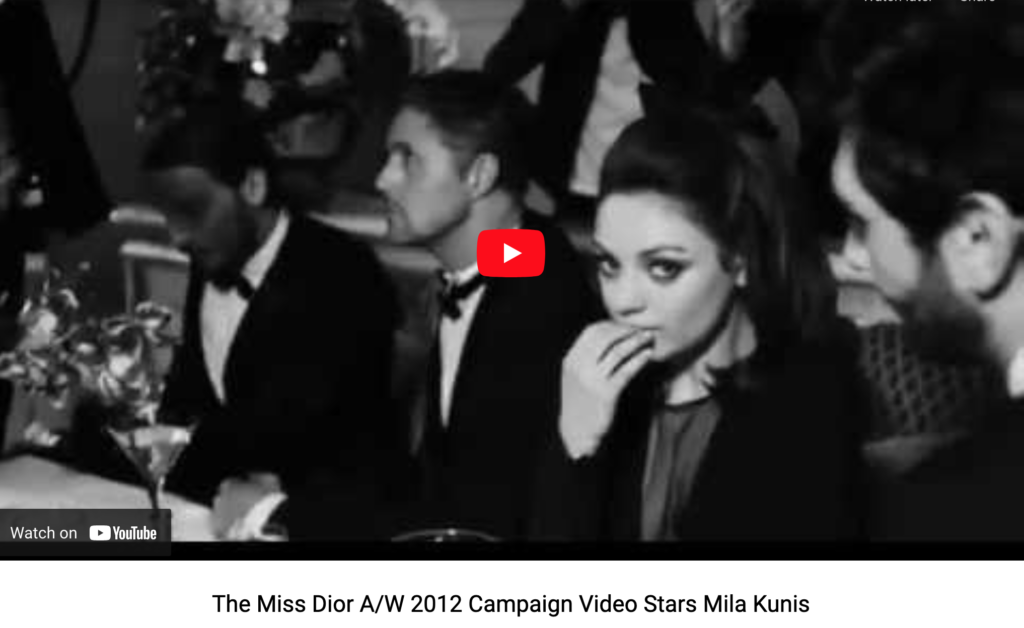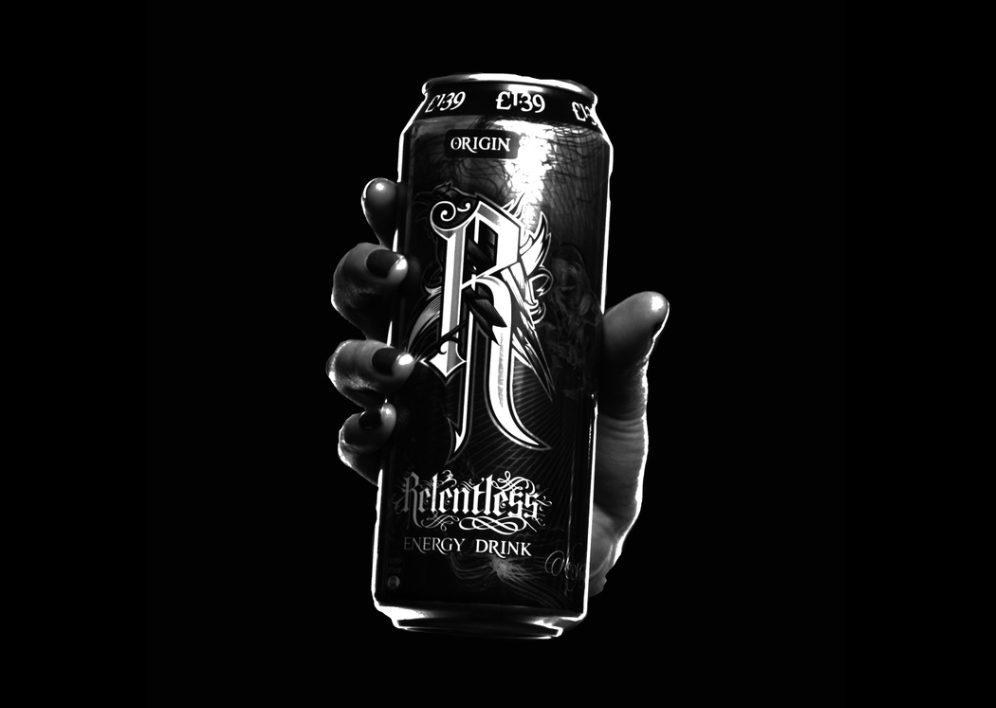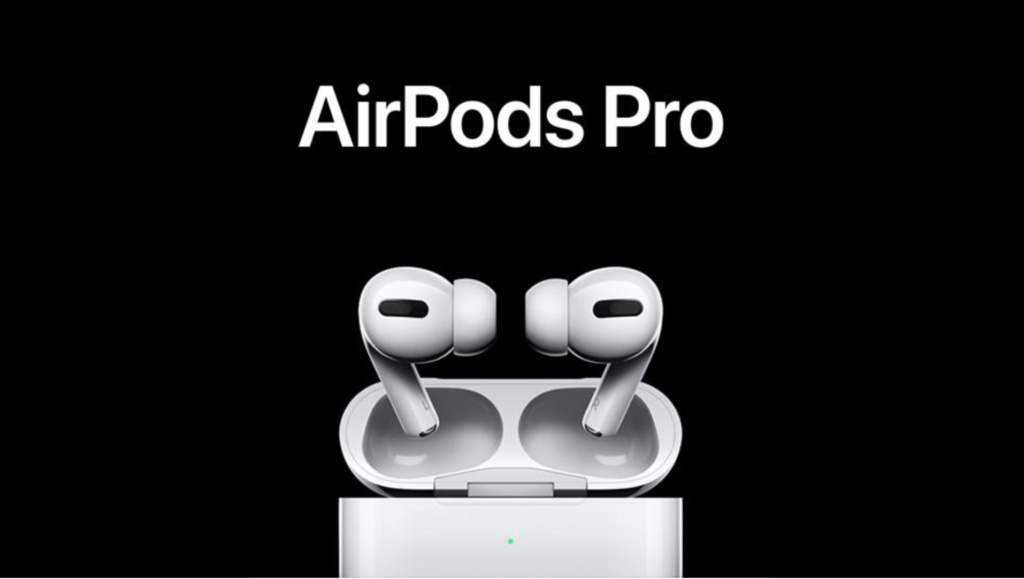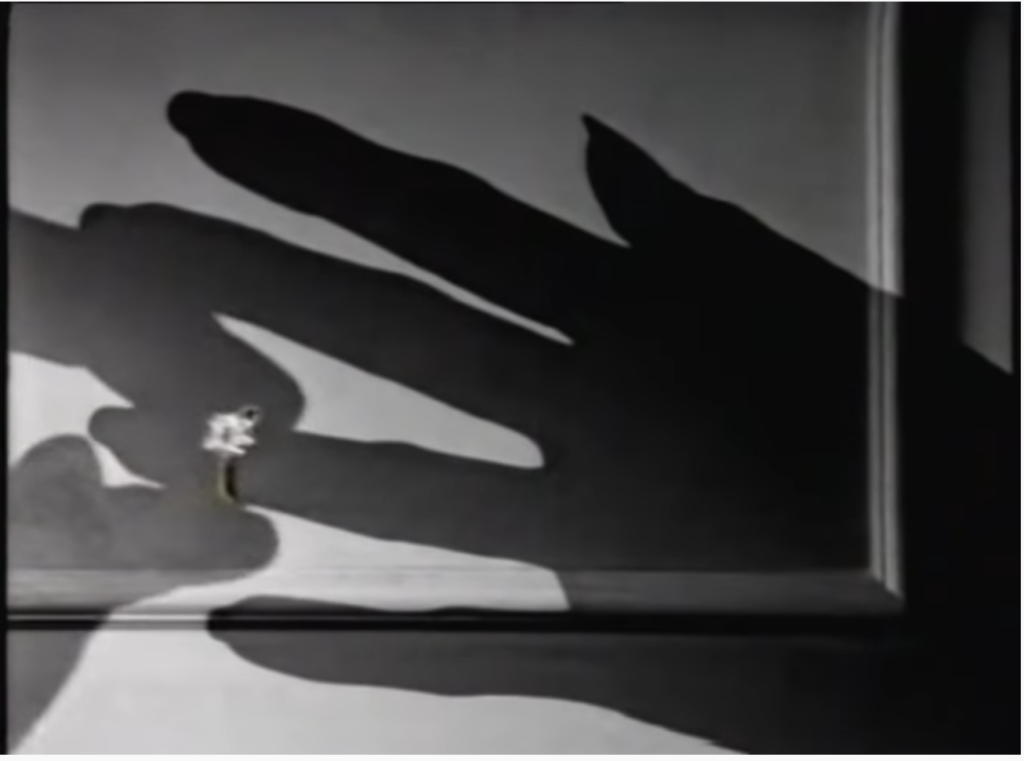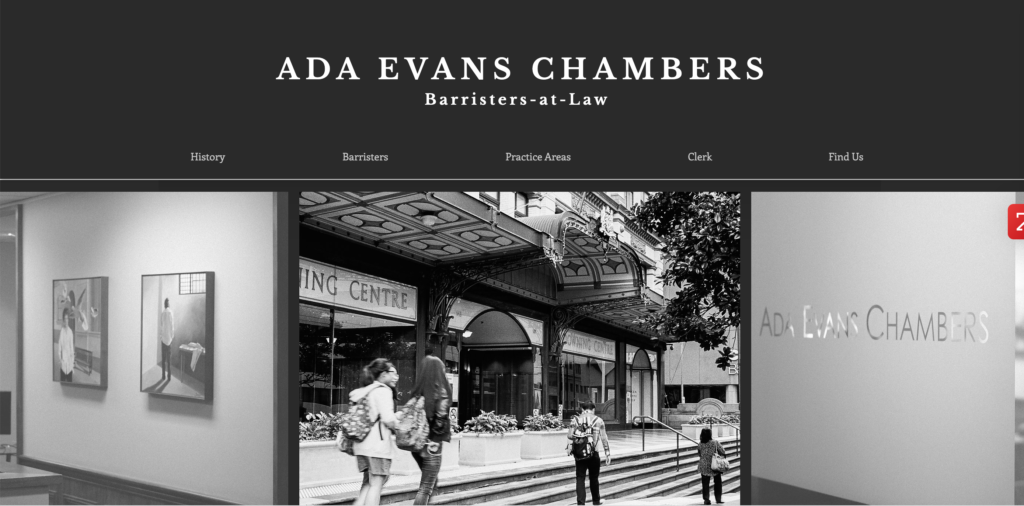Many of our articles are about tangible topics, with acronyms like ESG, ABM, or GBP. Marketing, though, is about the mastery of both the objective and the subjective to help you best sell your products or services. In this edition of “Plain Talk,” we’ll discuss black and white advertising and why your brand might choose to use this creative in our full-color world. Plus, learn some of the psychological impacts it may have on your consumers.
You see them, probably not every day, but every so often in the sea of digital, vibrant, colorful ads, the ads that have no color or choose to make only part of the ad in color, like when Dorothy’s house fell on the witch in the Wizard of Oz movie. But why? Why do advertisers do this? Here are seven good reasons to consider executing creative in black and white:
1. Nostalgia Marketing
Nostalgia marketing both romanticizes and brings the consumer back to a previous time, like an ice-cold glass of lemonade and a porch swing, to times when kids played stickball outside until the streetlights came on. There is often a collective appeal strategically to aligning your brand with simpler times, and using older stock images from bygone eras or recreating such images in black and white can create that desired effect. One surprising impact of the pandemic on Gen Z has been a sort of borrowed nostalgia adopted through endless hours of streaming old TV shows and movies, so nostalgia may not just be for older generations. It is worth noting that the potential pitfall of nostalgia marketing is that it tends to sugarcoat the realities of yesteryear, and critics are often quick to point out that the “good ol’ days” weren’t that great for everyone!
2. Timeless Quality
While not necessarily as direct as the nostalgia marketing route, modern imagery can be depicted in black and white with music or other elements from the past to add a touch of class to your brand’s perception and communicate timeless quality. In this approach, you’re not bringing the consumer to the past but rather pulling elements of the past associated with taste, style and quality into modern times.
Dior does this perfectly in their 2012 campaign with Mila Kunis. The tuxedos and dress are timeless, and Kunis is made to look like Audrey Hepburn. The audience has to do a double take as she exits an antique limo, but all of the paparazzi’s cameras are modern, blending bygone elegance from more deliberate times with the familiarity and technologies of modern times.
Blending the modern with elements of the past without claiming the past’s superiority is not only effective but also culturally safer.
3. Zig
You know the old saying… sometimes you just gotta zig when everyone else is zagging! This is particularly true in categories that rely heavily on brand loyalty and perceived brand qualities, like consumer-packaged goods. When Coca-Cola looked to disrupt the energy drink market in the UK, much of the original branding and advertising was executed in black and white to break traditions with the never-ending Easter basket of neon colors the competitive set was using at the time.
And success followed; Relentless is currently Coca-Cola’s most successful UK launch to date and reached a value of £100 million within the first three years.
4. Better Mouse Trap
“Black-and-white images can lead consumers to focus on the abstract, essential, and defining components of a product. In contrast, color images can draw attention to the concrete, sometimes unimportant and idiosyncratic features of the product,” write authors Hyojin Lee, Xiaoyan Deng, H. Rao Unnava, and Kentaro Fujita (all The Ohio State University). Journal of Consumer Research: December 2014.
What this means is that if you are introducing a newly engineered product, where the advantages are visually apparent, consider showing the product in black and white. This allows the product features and form to be better emphasized and remembered.
5. Mood
Happiness is a bright sunny day. Hope is a rainbow. Gloom is rainy and fear is the dark. In the Wizard of Oz, the film transitioned from black and white to color when Dorothy landed in Oz. Even in 1939, Oz director Victor Fleming realized there was the potential to depict sadness through the use of black and white and then juxtapose it with the promise and joy of Oz. In fact, it is probably no coincidence that in the aforementioned Dior ad, they utilized such upbeat music to offset the potential gloomy consequences of black and white.
PriceWeber Creative Director Justin Smith likewise used black and white in the images on the website for ResCare Community Living. Realizing that families struggled and may have felt even defeated when making the difficult decision to explore assisted living options for a disabled loved one, the site was designed to meet the user where they start with black and white images. As the user scrolls down and consumes the content on the site, they are given hope. To help communicate that hope, the images likewise change to color like a sunrise!
6. Frame
Maybe the most memorable ad to utilize black and white is the De Beers shadows ad from 1991. While it zigs and hits timeless quality and tradition, it also frames the one non-shadow, one non-black and white item in the ad, the engagement ring, as the focal point. Everything else acts to frame the life-changing significance of the engagement and the gleaming De Beers diamond ring in our culture.
7. Trust
“Give it to me in black and white.” Black and white can communicate no-frills trust in advertising. Often, you’ll see business services like financial institutions or lawyers utilize black to communicate this simplicity and trust.
Little Happens by Happenstance
There are many emotional and psychological reasons for so much of what is done strategically in designing the campaigns that influence buying and behaviors. While this article identifies seven reasons why black and white advertising might be used for a campaign, there are certainly more. If you want to discuss these reasons, other reasons, or your advertising needs, we’d love to chat. Drop us a note or call us at 502-499-4209. Like what you read today? If you’re not already a subscriber to our Plain Talk newsletter, you can subscribe below.


